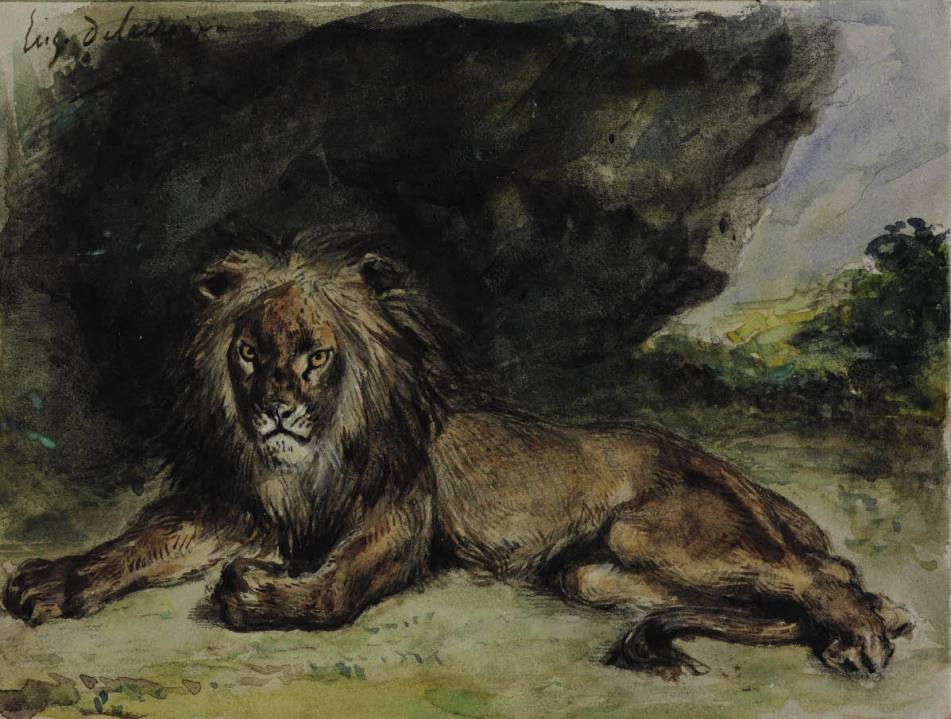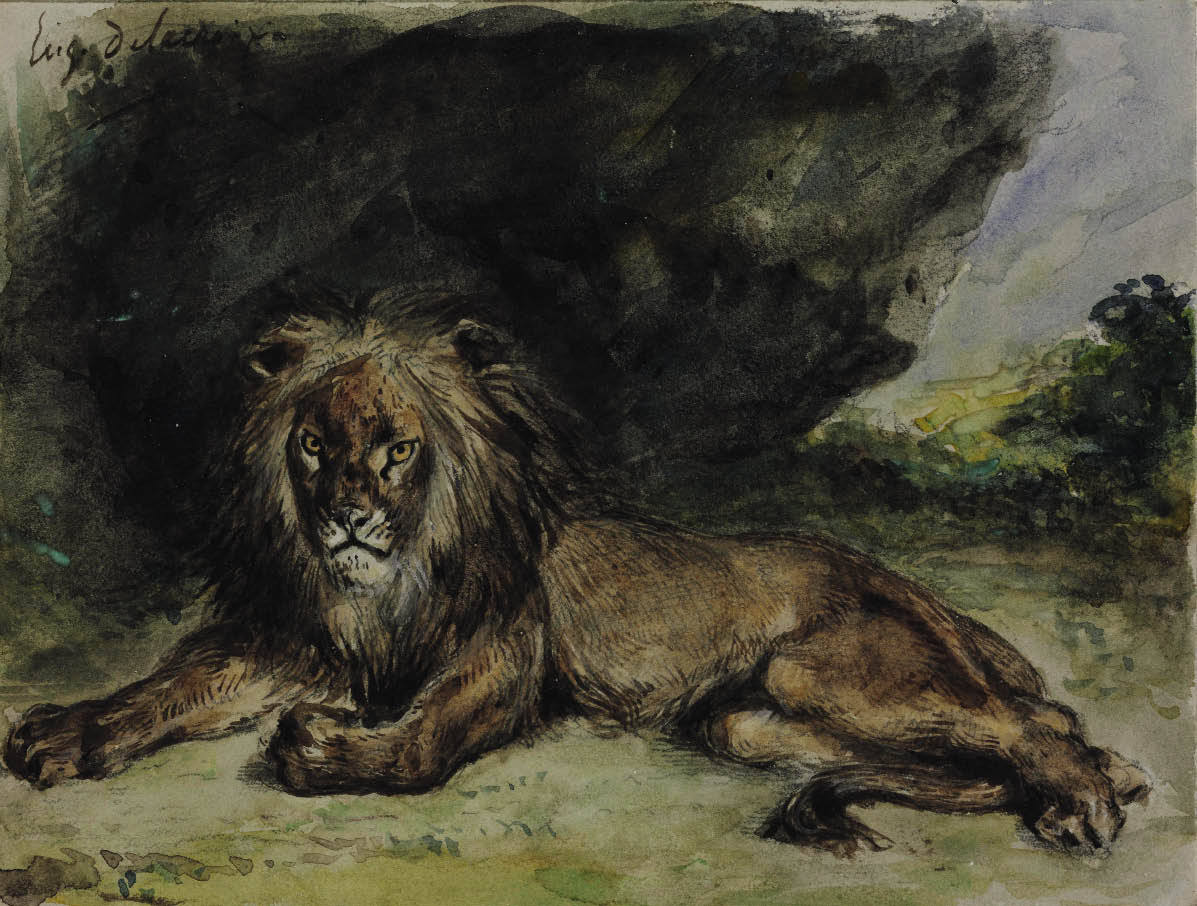Harry Becker (1865–1928) is one of those artists too often dismissed as being of regional interest only, who feature but rarely in the art chronicles of the period.
Harry Becker (1865–1928) is one of those artists too often dismissed as being of regional interest only, who feature but rarely in the art chronicles of the period. He is most widely known for his illustrations to Adrian Bell’s celebrated Suffolk trilogy — Corduroy, Silver Ley and The Cherry Tree — and it is worth noting that Becker’s pictures were matched to Bell’s prose after the artist’s death, though they seem to be made for each other in their near-perfect fit. Becker only moved from London to Suffolk in 1913, but he found there his perfect setting. As Bell wrote of him: ‘He painted the whole struggle of man in the getting of bread — with earth and weather.’
Becker’s fresh and feisty realism, which borders on Impressionism (in its British manifestation, at any rate), is a superb tribute to the East Anglian landscape and the people who worked it.
For this reason, Gainsborough’s House has made Becker the subject of Part II of a themed exhibition, following a show of the photographs of Justin Partyka (born 1972) who portrays the plight of the modern agrarian community. Becker’s ploughmen, harvesters, sowers and gleaners are in the long tradition of Breughel, Millet and van Gogh, but depicted with a fluidity and lightness of touch that reconnects him to the work of Gainsborough and Constable. Becker initially discovered his theme of manual labour (one to be later so thoroughly explored by Josef Herman) at Antwerp, where he studied at the Royal Academy. His freedom of expression was encouraged by working with Carolus-Duran in Paris, who recommended open-air painting and among whose other pupils was Sargent, and developed out of an increasing passion for working from life. Becker drew sheep in Kent and cattle in Holland, and enjoyed some success exhibiting in London.
For a number of years around the turn of the century he apparently exhibited nothing, before finding a new lease of life and inspiration in Suffolk. For 15 years he toiled with the workers on the land, sharing their long hours. Witnesses recall Becker shining with sweat, not from the heat of action but from the emotion — the empathy — generated by what he saw. His deeply felt response accounts for the authenticity of his act of witness, the compelling truth of his work. He worked fast to salvage the spontaneity of his emotions and developed a wonderfully economic style of expression. He drew like the wind, with an urgency that had no time for the scenic or the pretty. He depicted life on the land as he saw it, and the energy crackles off the drawings, prints and small paintings gathered at Gainsborough’s House.
I had not realised how good a printmaker Becker was. His powerful drawings transfer easily to lithographs, but the revelation is in the etchings. Look, for instance, at his 1914 etching of haymakers with a hay wagon. One of Becker’s greatest subjects is the labouring body in movement or at rest, and the way in which he manages to convey its sense of solidity which is both separate and individual yet also an embodiment of the landscape. The intimate relationship between figure and landscape is natural to Becker, so deep and instinctive is his understanding of the realities of rural life. Look at his various studies of men with scythes. He is equally good at horses, and one of the loveliest things here is two horses yoked together, drawn in red chalk. A couple of straight landscapes show how well Becker knew his adopted patch, and how lyrically he celebrated it. As Adrian Bell said, ‘He put the blaze of God on things.’ High time he was better known.
The main show at the Royal Academy in London couldn’t be more of a contrast: instead of a small, highly focused display, we are offered what amounts to the contents of a central European national gallery. Treasures from Budapest features more than 200 exhibits spread over 12 galleries and deserves several visits. Most people will not have the time or inclination to return, so if you’re trying to get round in one go, be prepared to be selective. If museums will put on these vast exhibitions, we must find strategies for dealing with them.
The show starts in the octagon with the glories of religious art. Even the most secular-minded viewer will be moved by the exquisite low-relief stone carving of Domenico Rosselli’s ‘Virgin and Child’, dating from the end of the 15th century. Or by the Giotto-influenced sculptural presence of the figures in Maso di Banco’s 14th-century panel painting ‘Coronation of the Virgin’. In Room 2, the acid blues in Altdorfer’s ‘Crucifixion’ are particularly memorable against the contrasting rose and apricot robes.
Raphael’s ‘Esterhazy Madonna’ is here, too, an early and unfinished work but not readily overlooked. A recently attributed Signorelli and a fine complex Poussin also merit attention. Room 3 contains a literally striking Artemisia Gentileschi, inasmuch as it depicts Jael about to drive a tent peg into the skull of the sleeping Canaanite general Sisera; beautiful, nevertheless. Also here a couple of El Grecos, including the splendidly odd ‘St Mary Magdalene’, with its sketchy and immediate paint-handling.
Rooms 4 and 5 are fairly dire, with only Rubens and Ribera to redeem them respectively. Room 6 offers the first tranche of Old Master drawings (the second is in Room 9), which alone would make this exhibition worth visiting. Here are Leonardo, Raphael, Dürer, Guercino with superb use of brown wash, a Donato Creti that fairly hums with contained movement, and a large Luca Cambiaso of taut, knotted linearity and surprising breadth. Also a number of lively early landscapes studies.
Room 7 brings portraiture to the feast with a tremendous Goya combining freely painted outfit and subtlety of mood, and three alabaster self-portraits by Messerschmidt. More Goyas in Room 8, brilliantly painted private images with political undertones. Room 9 takes the drawings into Poussin, Rembrandt, Boucher and Watteau: marvellous. Landscapes in Room 10 – Claude, Canaletto, Ruysdael. The last two rooms of more modern works are disappointing, though in 11 are fine things by Akseli Gallen-Kallela, Bocklin, Delacroix, Courbet and Corot, and 12 has a memorable landscape by Janos Mattis Teutsch among the more garish Hungarians. Altogether a rich and somewhat indigestible mix.







Comments